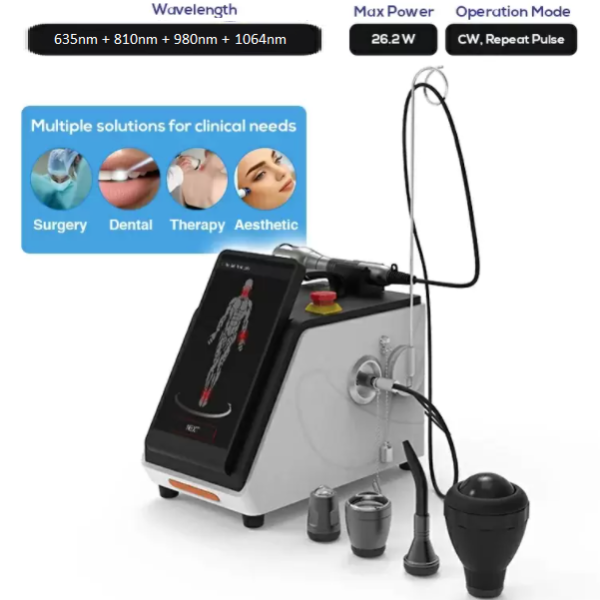Stroke-like episodes differ from ischemic stroke in pathogenetic, clinical, and imaging terms.
They can be the result of a vascular, metabolic, or epileptic process and show up on MRI with predominantly vasogenic but also cytotoxic edema.
Its most common cause is cardioembolic, as a result of atrial fibrillation or atrial flutter, dilated cardiomyopathy, or left-ventricular hyper trabeculation (noncompaction).
Angiopathy from atherosclerosis or vasculitis, which may be a hallmark of inflammatory myopathies, is the second most common cause of stroke in myopathies.
Most affected individuals experience stroke-like episodes beginning before age 40. These episodes often involve altered consciousness, vision abnormalities, seizures, severe headaches resembling migraines but most importantly temporary muscle weakness on one side of the body (hemiparesis).
Treatment of stroke-like episodes is not standardized but seems to respond to laser therapy especially in relation to the musculoskeletal issues this disease causes.
The Smart Medical 26.2Watt Diode Laser SIFLASER-3.2, for example, is particularly intended to address these muscle-related disorders.
The primary purpose of this laser device is to encourage the cell to perform its normal musculoskeletal tasks at a faster rate, whether at the level of nerves or muscles.
Targeted in hemoglobin and cytochrome coxidase, the high power diode laser could help the respiration and then as a result have a good performance therapy.
In contrast to “cold lasers,” which have no warmth or sensation, high intensity diode laser treatment will produce a warm and soothing sensation, resulting in muscular relaxation.
Clear enough, then, that the Laser therapy exclusively provided by the SIFLASER-3.2 stimulates muscle trigger points and acupuncture points on a non-invasive basis providing musculoskeletal pain relief.
Furthermore, the vascular and metabolic systems in the body have a significant impact on this condition. Fortunately, this device not only improves vascular activity, but it also improves metabolic function by increasing the outputs of certain enzymes, as well as the oxygen and food particle loads for blood cells.
All of these should imply that the SIFLASER-3.2 is the best overall option for Stroke-Like Episode survivors. Although the gadget is incapable of resolving the remainder of the disease’s concerns, it can at least relieve them of any muscle-related discomfort, whether slight or severe, which should surely be one of their top priorities if they want to heal quickly.
Reference: Consensus-based statements for the management of mitochondrial stroke-like episodes
Disclaimer: Although the information we provide is used by different doctors and medical staff to perform their procedures and clinical applications, the information contained in this article is for consideration only. SIFLASER is not responsible neither for the misuse of the device nor for the wrong or random generalizability of the device in all clinical applications or procedures mentioned in our articles. Users must have the proper training and skills to perform the procedure with each Laser System.
The products mentioned in this article are only for sale to medical staff (doctors, nurses, certified practitioners, etc.) or to private users assisted by or under the supervision of a medical professional.

